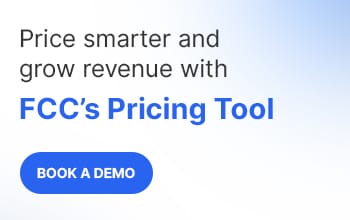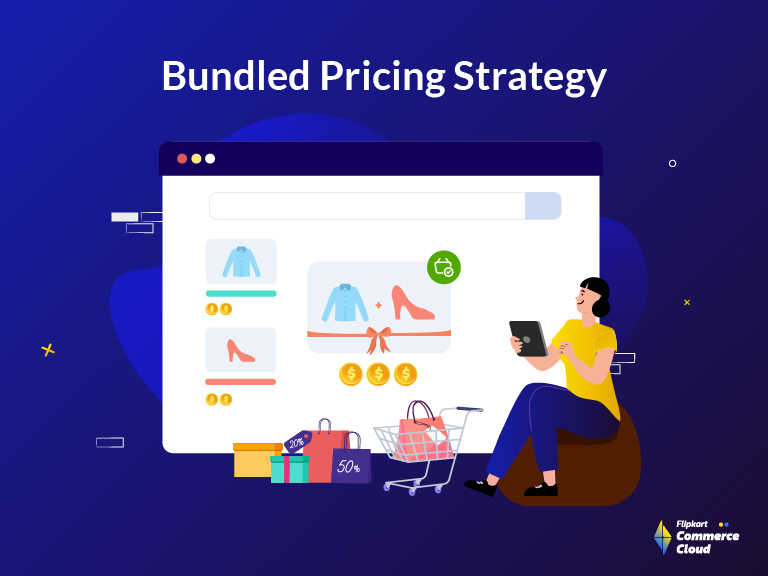
Mastering Bundled Pricing Strategy For Retail Success
By Flipkart Commerce Cloud
Share On:
When was the last time you indulged in your favorite fast food meal or unboxed a new smartphone? Chances are, your order included more than just a burger or the device itself. Most likely, you also received crispy fries and a refreshing drink with your meal or a protective case and wireless charger with your tech purchase. This is called product bundling, where products or services are bundled together for a better deal.
Bundling goes beyond just a sales tactic – it can enhance the overall buying experience. By offering complementary products or services together, businesses simplify the shopping process and increase the perceived value of their offerings. In this blog, we will delve into the psychology behind bundled pricing and why it benefits both the consumer and the retailer.
Understanding Bundled Pricing Strategy
Bundle pricing is a business strategy that combines multiple products or services into one package and sells them at a discounted price compared to purchasing each item separately. This approach benefits both the business and customers, offering simplicity and cost savings for those who purchase the bundle. Customers can save money by buying the bundle rather than individual items.
A successful bundle pricing strategy can greatly benefit businesses by increasing sales, streamlining inventory management, and improving customer satisfaction through perceived value. By pairing less popular items with bestsellers at a discounted price, businesses can quickly move products and offload less profitable SKUs while providing added value to their regular consumers.
McDonald’s is known for its popular “Extra Value Meals,” which include a main item, such as a burger or chicken nuggets, along with fries and a drink at a discounted price compared to buying each item individually. This approach provides customers with both perceived value and a simplified decision-making process when selecting their meal.
IKEA, a popular retailer of furniture and home goods, implements bundled pricing tactics by providing furniture sets at a reduced rate compared to buying each item separately. For instance, a bedroom set may consist of a bed frame, mattress, one or two nightstands, and a dresser. This encourages them to decorate more of their living space with IKEA merchandise.
Types of Bundle Pricing Strategies
There are two main bundle price strategies: pure bundling and mixed bundling.
Pure Bundling
When you walk into a store, you may come across a bundle that includes a camera, lens, and tripod, all for one price. This is an example of pure bundling, where the products are only available as a package deal. Many businesses use this strategy to sell complementary products, enticing customers to purchase the entire set instead of individual items.
Mixed Bundling
In fast-food restaurants, you notice they have combo meals available at a discounted price, but you can also purchase each item separately – the burger, fries, and drink. This is an example of mixed bundling, where both options are offered to cater to different customer needs and preferences. A similar strategy can be seen in the fashion retail industry, where stores may offer deals such as “buy three items and get the cheapest one for free.
The Benefits of Price Bundling
Increased Sales Volume
Bundled pricing allows you to find everything you need in one convenient package at a price that may surprise you. You might go into a store or browse online and stumble upon a good deal that includes the camera you wanted, a lens, a bag, and a memory card. This is the power of bundled pricing—making it easy to get all your essentials in one purchase.
E-commerce giants such as Amazon and Flipkart are known for creating product bundles that perfectly complement each other, making customers wonder why they ever considered buying them individually. This strategy provides convenience for the customer and increases sales and profitability for the company.
A Bundle of Value
Bundling offers more than just cost savings. It also adds value to the customer’s purchase, similar to a meal deal at a fast-food restaurant. Instead of ordering items separately, bundling allows customers to get everything they need in one package at a discounted price. This saves money and enhances the overall experience and satisfaction of the purchase. By providing a complete package, bundling connects the brand and the customer, leading to loyalty and repeat business opportunities.
Inventory Management Made Easy
Businesses can use bundling to increase sales without drastically reducing prices. This involves combining slower-moving or less popular products with popular items. This encourages customers to try out new products they may not have considered before, allowing businesses to refresh their inventory without resorting to major discounts on individual items.
The Strategic Side of Bundling
Bundling is more than randomly grouping items and hoping for the best. It’s a strategic approach that can be used to effectively introduce new products and drive sales. By bundling a new product with a popular item, businesses can generate interest and attract potential customers, from bargain hunters to those seeking convenience. Additionally, offering bundles can encourage customers to spend more money than originally intended, increasing overall sales.
Bundling streamlines marketing efforts by allowing businesses to promote a set of products with the same resources rather than promoting each product individually. This saves time and money. Bundling also simplifies the production process and reduces the risk of errors, resulting in a more efficient operation overall.
Personalization
Everyone loves feeling special, so why not offer customized bundles? This allows customers to choose exactly what they want, making them feel more personalized and increasing their satisfaction and loyalty. Providing everything in one convenient package simplifies the buying process for customers and can lead to increased sales.
Boosting Low-Volume Products
Many stores have products that just don’t seem to sell well. But instead of letting them sit on the shelves, bundling them with more popular items can help clear out inventory and introduce customers to hidden gems. This strategy is cost-effective and ensures that nothing goes to waste.
Challenges in Implementing Bundled Pricing
Customers Preferring Individual Choices
In markets where customers have more purchasing power, some value the autonomy of choosing exactly what they buy. However, bundling can take away that choice. A solution to address this issue could be to offer a mix of bundles and individual products. This gives customers the freedom to choose according to their preferences and still allows for bundled options for those who prefer them.
Not Meeting Customer Needs
To ensure customer satisfaction, recognize that each customer has unique needs and preferences, and some may not find all components of a bundle valuable. To address this issue, businesses can offer customizable bundles or conduct market research to determine which products are most commonly desired by customers when bundled together. This can help prevent customers from feeling like they are paying in a bundle for items they do not want or need.
Cognitive Load and Complexity
Complicated bundles can be overwhelming for customers, leading to decision fatigue and potentially deterring them from making a purchase. To avoid this, bundles should be kept simple and easy to understand so that customers can quickly understand the value proposition without feeling overwhelmed.
Risk of Cannibalization
When bundling products together, it is possible to negatively affect the sales of high-margin items that would have been purchased separately. To prevent this, carefully monitor sales data and adjust your strategy.
Consumer Resistance
Customers may reject the entire bundle when pressured to purchase unnecessary products. Create bundles that are well thought out and provide true value, making each additional purchase feel like a logical and advantageous decision.
Strategies for Successful Bundled Pricing
Understanding the Audience
Before you dive into creating enticing product bundles, it’s crucial to understand your customer base. Who are they? What do they want? Some are bargain hunters, others value convenience, and some seek expert advice.
Diving into the data reveals valuable insights about the products that customers frequently purchase together, their spending patterns, and potential add-ons that could convert a browsing session into a buying spree. Imagine a beauty retailer observing customers buy shampoo and conditioner in tandem. How about offering a hair mask at a discounted rate?
This creates an irresistible bundle that is difficult to pass up.
Market research is your best friend, helping you with valuable insights on demand, costs, competitor strategies, and potential supply chain challenges. Engage directly with your customers to understand their needs and desires. Surveys can reveal a wealth of information that will help tailor your offerings perfectly for your target audience.
Offering Discounts
When it comes to discounts, they may not always be huge, but they are the cherry on top of your bundle. The key is clarity – you want your customers to see the value of the bundle right away and understand that buying the items together is a steal compared to purchasing them separately. For example, imagine looking at tech gadgets and coming across a bundle with the latest smartphone, earbuds, and protective case. The key is to make the savings clear and show that the bundle is indeed a steal compared to buying each item individually.
Offering Choice
Lastly, balance is key. There are two main bundling strategies: pure bundling, where customers purchase the pre-set bundle, and mixed bundling, which allows customers to customize their selection. Combining both approaches allows businesses to cater to a wider range of customer preferences. For example, a bookstore may offer a set bundle of popular books at an attractive price for those seeking convenience. Alternatively, they could also provide the option for customers to choose their bundle from a variety of titles for those who prefer more control over their purchases.
Leveraging Technology for Bundled Pricing
With consumer behavior and market trends becoming complex, retailers need advanced tools to analyze customer data, forecast patterns, and adjust pricing instantly. This is where pricing optimization solutions step in for retailers and ecommerce looking to create irresistible bundled deals that draw in customers and boost profits.
Pricing optimization solutions are advanced technology tools that assist retailers in making well-informed decisions about how to price their products, including bundles. These solutions utilize vast amounts of consumer purchase history, preferences, market trends, and competitor pricing. The ultimate aim is to pinpoint the ideal price point that appeals to consumers while maintaining profitability for the retailer.
Bundle pricing involves the strategic pairing and pricing of products to increase sales. With the help of data-driven pricing solution, businesses can remove the guesswork and make more informed decisions on when to offer these bundles for maximum profitability.
Introducing Flipkart Commerce Cloud (FCC) Pricing Manager
FCC provides comprehensive tools to improve and streamline your promotional pricing strategy. One of its key features is the dynamic pricing engine, which uses up-to-date market information to adjust your prices according to competitors’ prices, demand changes, and stock levels. This ensures your pricing stays competitive and maximizes profits by quickly adapting to market conditions.
FCC offers:
- Price Optimization Software: Enhances pricing efficiency by automating adjustments and ensuring uniform pricing strategies.
- Human-in-loop system: Incorporates human expertise into pricing decisions to drive strategic alignment and maximize effectiveness.
- Game Theory and Statistical Analysis: We apply a combination of game theory and statistical analysis to ensure pricing is flexible and maximized for peak profitability, utilizing advanced analytical methods.
- Detailed monitoring: Effectively oversees a variety of categories and SKUs to maintain a competitive advantage by managing diverse product lines and implementing optimal pricing strategies.
- Comprehensive Pricing Analytics: Detailed pricing analytics offer in-depth insights into performance, identifying areas for enhancement and refining strategies based on data-driven evidence.
Explore how FCC can elevate your pricing strategy. Book a free demo with our retail expert.
More Blogs
See how retailers and brands are winning with FCC
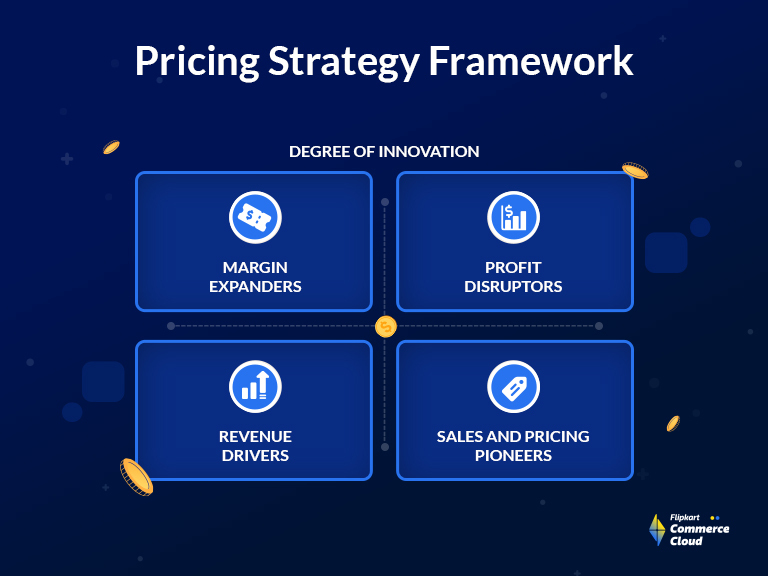
Mastering Pricing Strategy Framework
Read More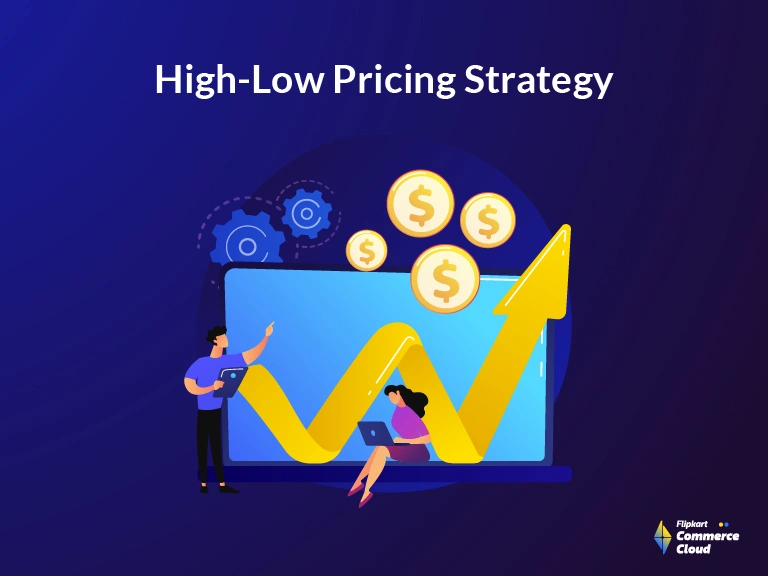
What is a High-Low Pricing Strategy?
Read More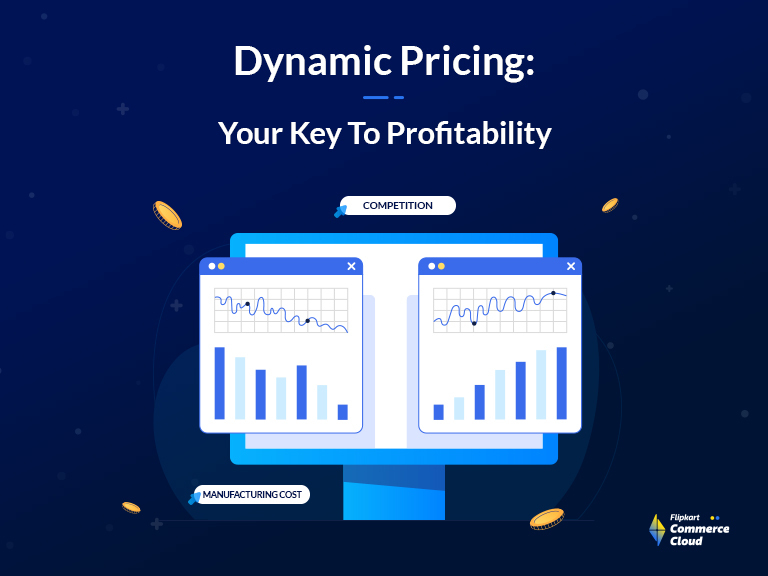
Ultimate Guide To Dynamic Pricing Strategy In 2025
Read More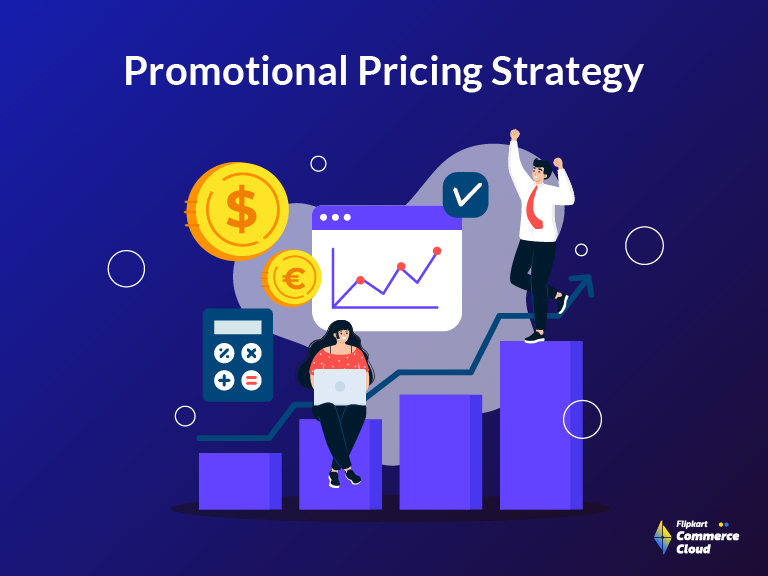
Retail Pricing Strategies: Winning with Promotion Pricing in Competitive Markets
Read More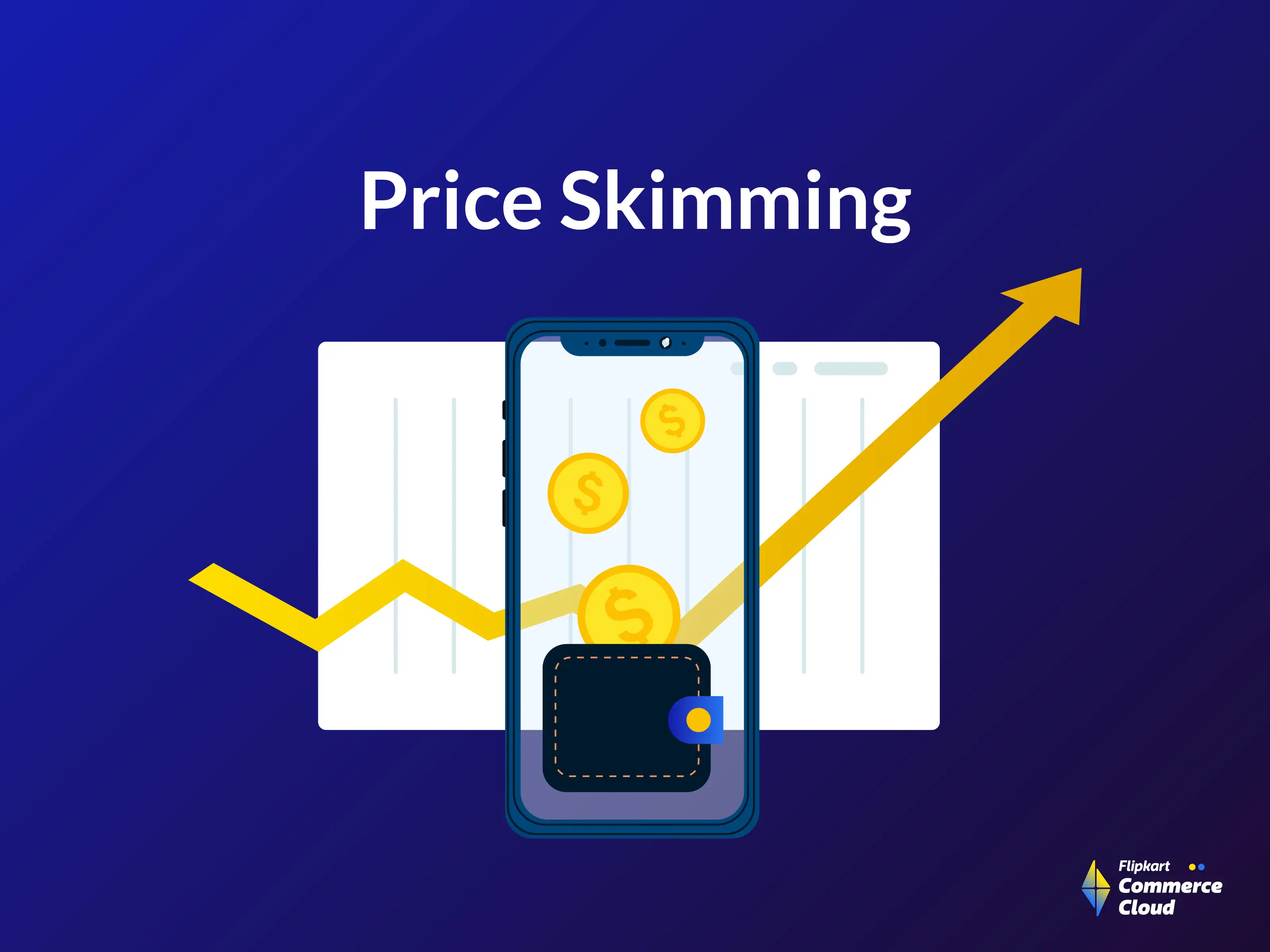
Everything About Price Skimming Strategy Explained
Read More
Mastering Pricing Strategy Framework
Read More
What is a High-Low Pricing Strategy?
Read More
Ultimate Guide To Dynamic Pricing Strategy In 2025
Read More
Retail Pricing Strategies: Winning with Promotion Pricing in Competitive Markets
Read More
Everything About Price Skimming Strategy Explained
Read More
Mastering Pricing Strategy Framework
Read More
What is a High-Low Pricing Strategy?
Read More
Ultimate Guide To Dynamic Pricing Strategy In 2025
Read More
Retail Pricing Strategies: Winning with Promotion Pricing in Competitive Markets
Read More